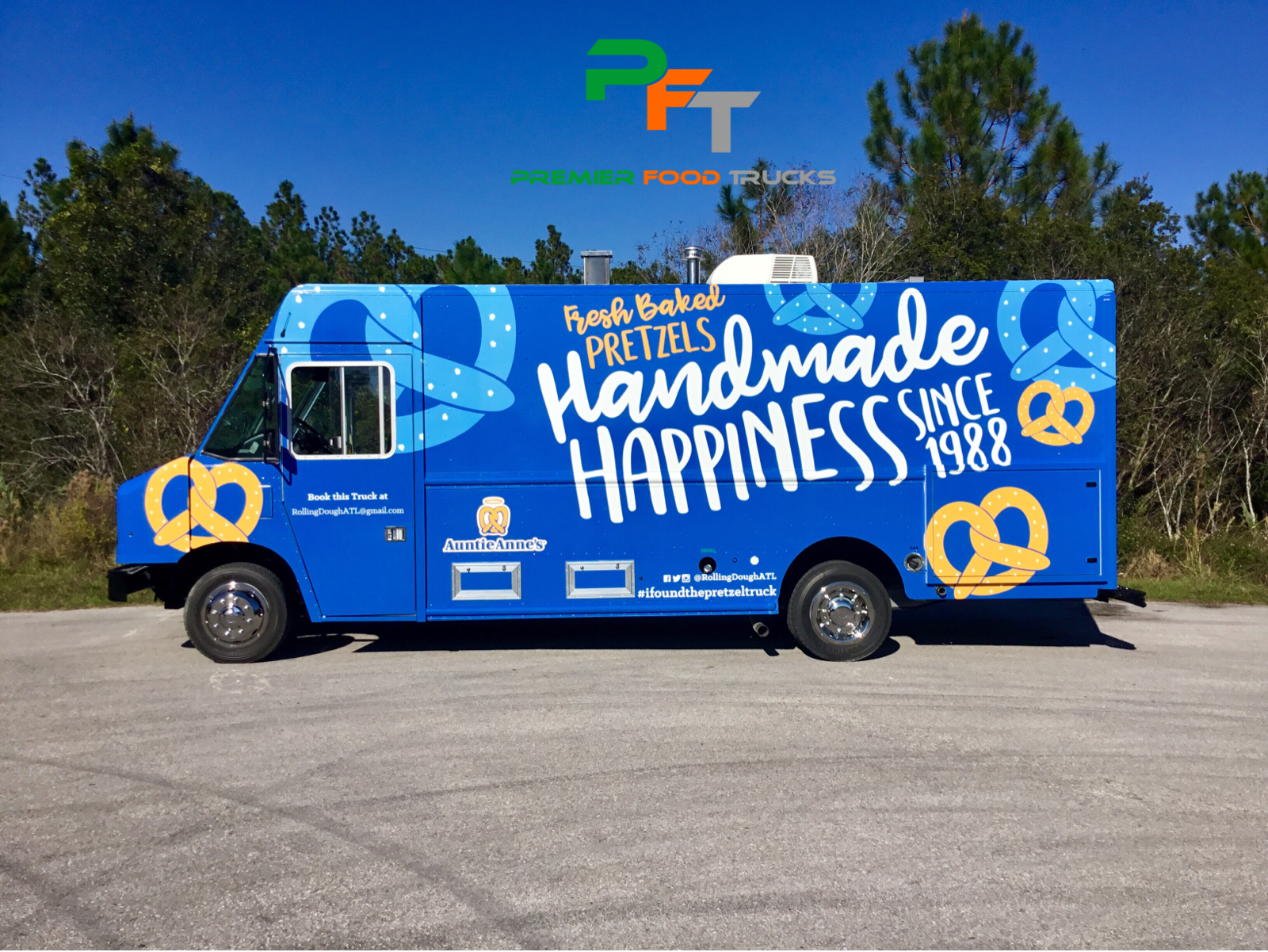Culinary Cart to Mobile Food Truck: Transform Your Gastronomic Dream
Starting a catering truck venture can be an invigorating adventure that combines cooking enthusiasm with the excitement of entrepreneurship. Picture this: a eye-catching truck adorned with your creative branding, serving mouth-watering meals to excited customers in public parks, gatherings, and bustling city streets. The path from a modest food cart to a fully operational food truck is not just about providing food; it's about realizing your personal vision to life and sharing it with the world.
As you start on this journey, you'll face obstacles and rewards that will mold your view to cooking, service, and business. With thoughtful planning and a solid understanding of food truck construction essentials, you can transform your idea into actuality. Whether you imagine a gourmet taco truck or a sweet treat paradise on the go, this article will guide you through the essential phases needed to start and sustain your food truck business.
Developing Your Food Truck Concept
Creating a successful food truck business kicks off with a focused and engaging concept. Reflect about what food truck building of cuisine you wish to provide and how it represents your culinary passions. This is your opportunity to exhibit your individual flavors and vision. Evaluate the neighborhoods you will serve and what culinary needs are present in those locales. A clearly defined concept not just help you stand out but also shapes your menu development and branding.

Afterward, investigate the landscape to comprehend movements and patron desires. Examine popular food trucks in your locality and evaluate their offerings, prices, and patron reviews. This will help you identify what succeeds and what could be better. By understanding your competition, you can carve out a niche for your truck that showcases your strengths, ensuring your concept appeals with possible customers. Strategy also necessitates taking into account your target demographic and their likely preferences.
As soon as you have a robust concept in place, it’s time to design your menu. Zero in on a few highlight dishes that are both tasty and easy to prepare in a mobile kitchen. Productivity is crucial in a food truck setting, where rapidity and quality must be balanced. Incorporate items that represent your culinary vision while also keeping your operational challenges. A thoughtfully designed menu will not only attract customers but also streamline your food truck construction process as you design your kitchen design and utensils needs.
Developing Your Kitchen Arrangement
Designing a functional kitchen layout is crucial for the success of your food truck operations. Commence by assessing the flow of your culinary workflow. Initiate with food preparation, followed by cooking, then plating and serving. This flow will guide you determine where every piece of equipment should be located. Focus on a layout that minimizes the distance between these key areas to streamline your workflow and lessen the time used moving between areas.
Subsequently, consider the equipment and appliances you will need. Vital items include a cooking surface, refrigeration unit, holding space, and serving counter. It's important to balance your menu offerings with the equipment you can fit into your truck. Investigate the specifications of commercial kitchen equipment and select those that maximize your available space while keeping safety regulations in mind. Be sure to plan for sufficient ventilation and fire safety measures, as these are paramount in a confined cooking environment.
In conclusion, focus on optimizing storage and accessibility. Leverage vertical space with shelves and hooks to store utensils and ingredients in easy reach. Include cabinets that can securely hold supplies while minimizing excess clutter on the countertops. A well-organized kitchen not only enhances productivity but also creates a pleasing environment for you and your staff, resulting in an overall favorable experience when running your food truck business.
Navigating Regulations and Licenses
Initiating a food truck business involves navigating a complex network of requirements and approvals that vary by location. Before kick off your food business, it’s important to look into local laws regarding culinary operations. This includes food safety regulations, hygiene practices, and the required licenses specific to transportable food trucks. Each city or region may have its specific rules, so verify with local health departments and public websites to ensure adherence.
After you understand the requirements, you will be required to get the proper licenses. This usually consists of a catering permit, which certifies that you meet health and safety requirements, and a operating license that legitimizes your operations. Additionally, some regions may necessitate a mobile food vendor license or a designated permit for operating in particular zones. Be prepared to spend time in the application process, as it can be time-consuming and may involve evaluations of your food truck.
Frequently updating and updating your permits is also essential to ensuring your food truck active effectively. As local requirements can change, being aware about any new requirements is vital to your ongoing success. Establishing a good relationship with local oversight agencies can aid a better understanding of adhering to regulations and help you handle any obstacles that may arise as you expand your mobile food business.